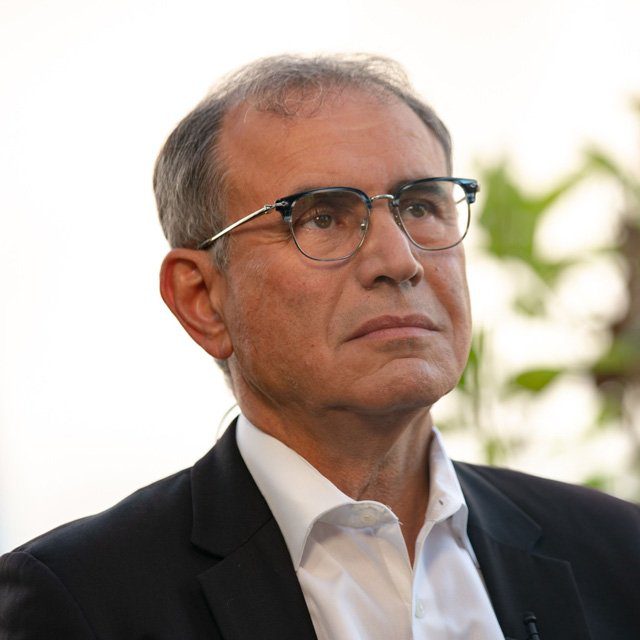Expect a 'Long, Ugly' Recession and Stock Drop of 40%: Roubini

What You Need to Know
Economist Nouriel Roubini said that achieving a 2% inflation rate without a hard landing is going to be “mission impossible” for the Federal Reserve.
He suggests investors “be light on equities and have more cash.”
In fixed income, he recommends staying away from long duration bonds and adding inflation protection from short-term treasuries or inflation index bonds like TIPS.
Economist Nouriel Roubini, who correctly predicted the 2008 financial crisis, sees a “long and ugly” recession in the U.S. and globally occurring at the end of 2022 that could last all of 2023 and a sharp correction in the S&P 500.
“Even in a plain vanilla recession, the S&P 500 can fall by 30%,” said Roubini, chairman and chief executive officer of Roubini Macro Associates, in an interview Monday. In “a real hard landing,” which he expects, it could fall 40%.
Roubini whose prescience on the housing bubble crash of 2007 to 2008 earned him the nickname Dr. Doom, said that those expecting a shallow U.S. recession should be looking at the large debt ratios of corporations and governments.
As rates rise and debt servicing costs increase, “many zombie institutions, zombie households, corporates, banks, shadow banks and zombie countries are going to die,” he said. “So we’ll see who’s swimming naked.”
‘Mission Impossible’
Roubini, who has warned through bull and bear markets that global debt levels will drag down stocks, said that achieving a 2% inflation rate without a hard landing is going to be “mission impossible” for the Federal Reserve.
He expects a 75 basis points rate hike at the current meeting and 50 basis points in both November and December. That would lead the Fed funds rate by year’s end to be between 4% and 4.25%.
However persistent inflation, especially in wages and the service sector, will mean the Fed will “probably have no choice” but to hike more, he said, with funds rates going toward 5%.
On top of that, negative supply shocks coming from the pandemic, Russia-Ukraine conflict and China’s zero Covid tolerance policy will bring higher costs and lower economic growth. This will make the Fed’s current “growth recession” goal — a protracted period of meager growth and rising unemployment to stem inflation — difficult.
Stagflation to Come
Once the world is in recession, Roubini doesn’t expect fiscal stimulus remedies as governments with too much debt are “running out of fiscal bullets.” High inflation would also mean that “if you do fiscal stimulus, you’re overheating the aggregate demand.”
As a result, Roubini sees a stagflation like in the 1970s and massive debt distress as in the global financial crisis.




